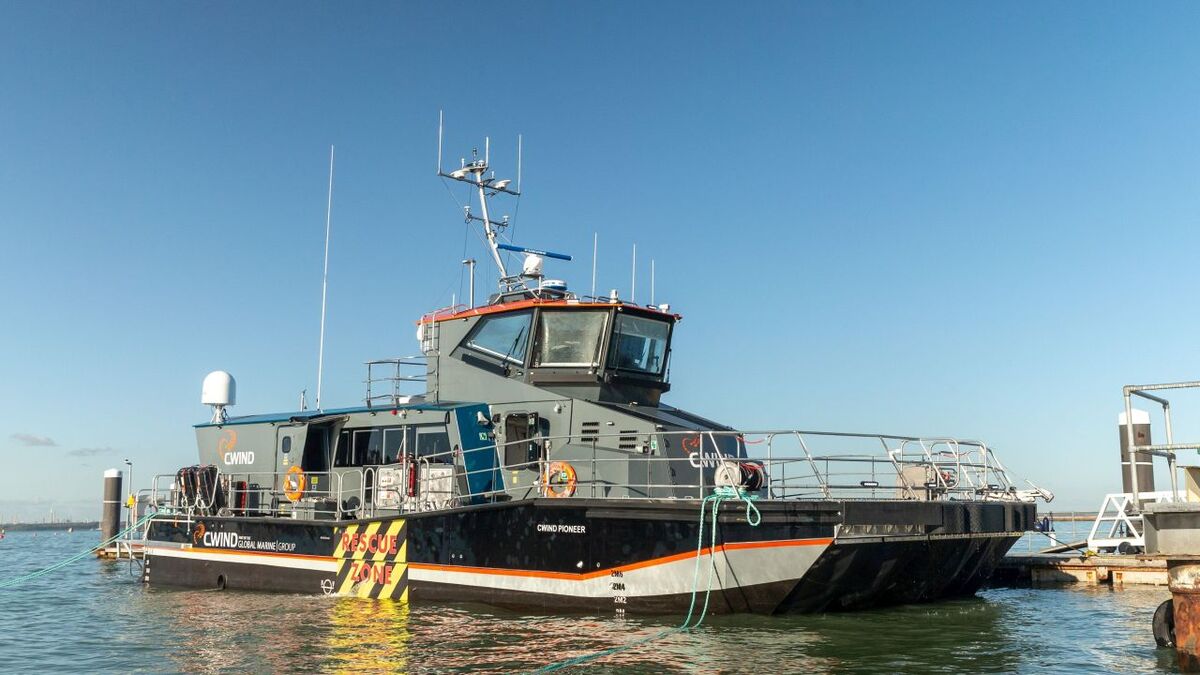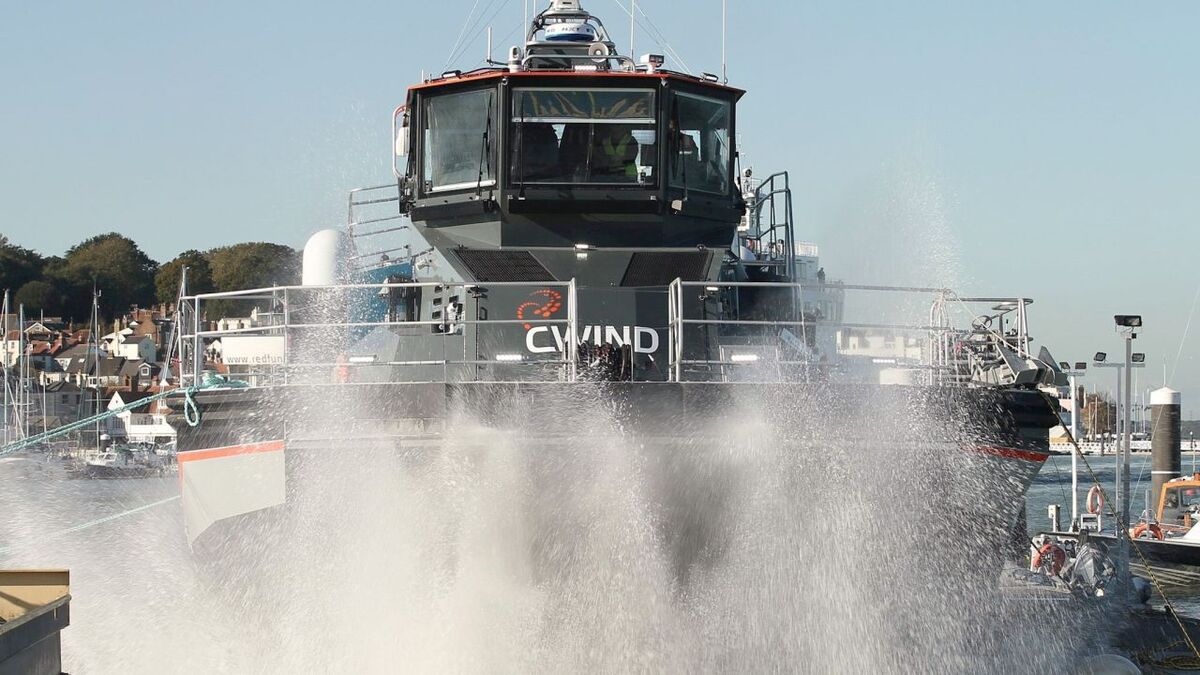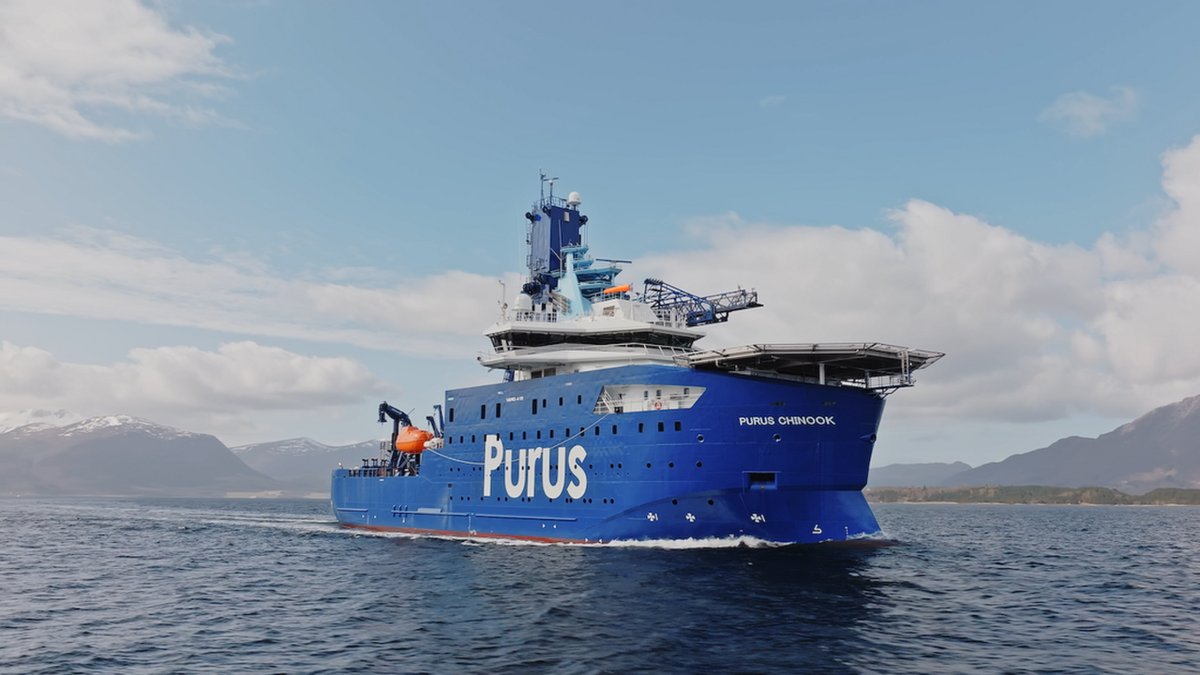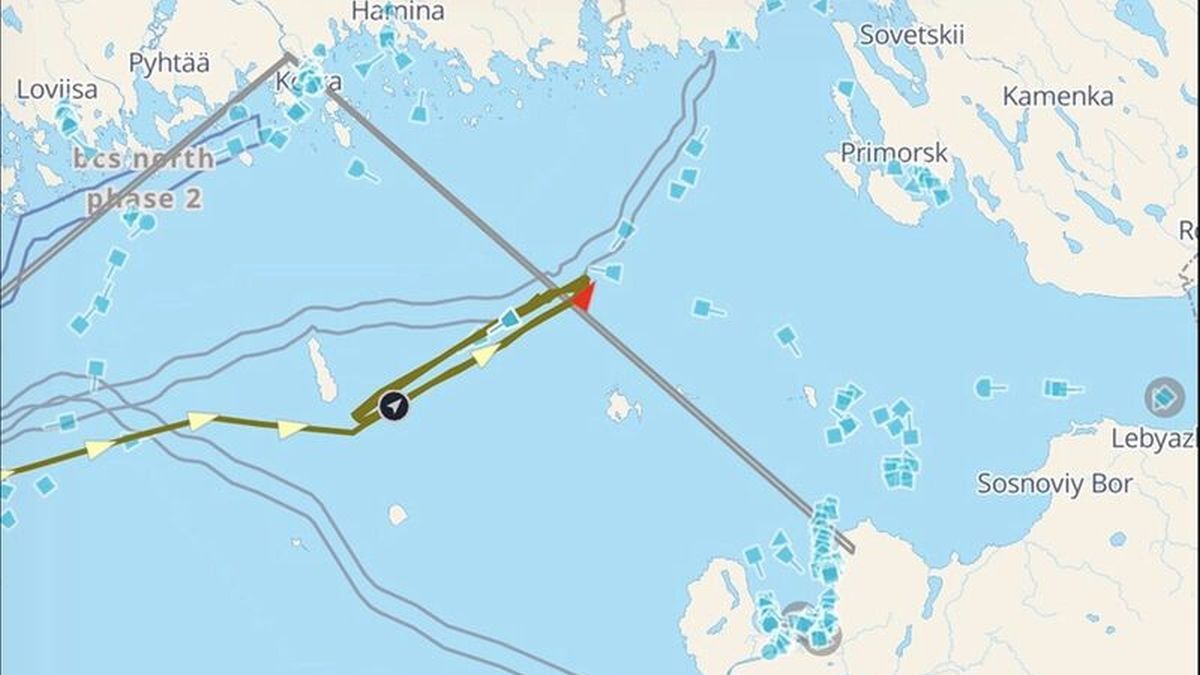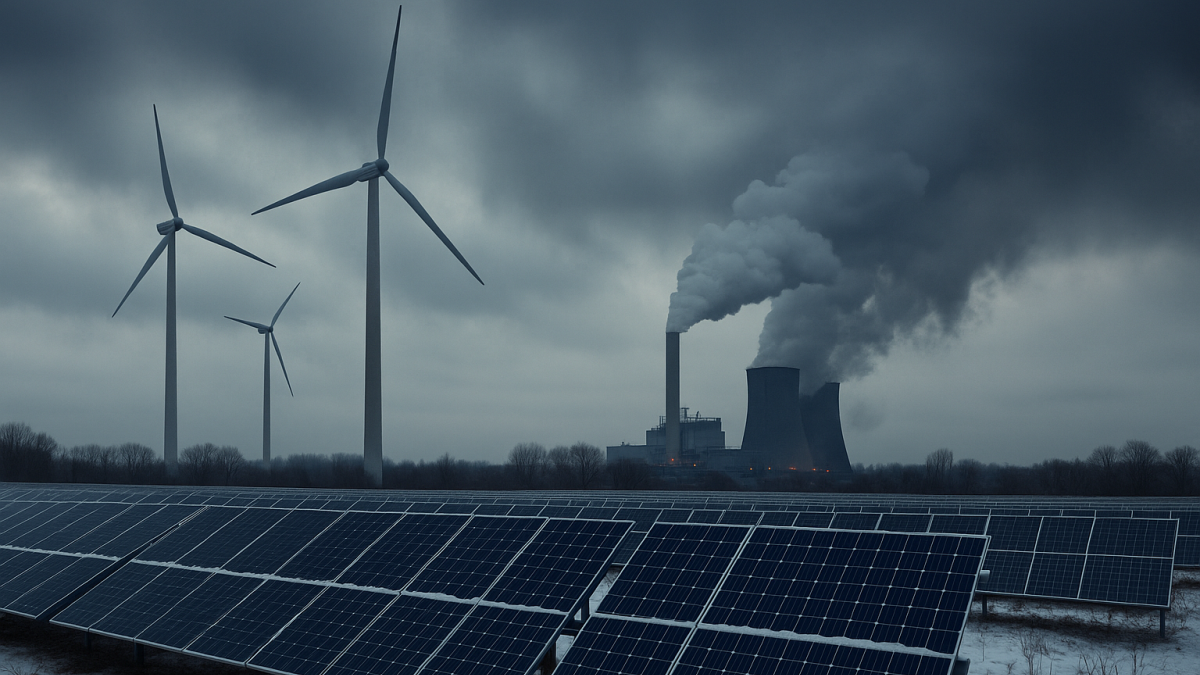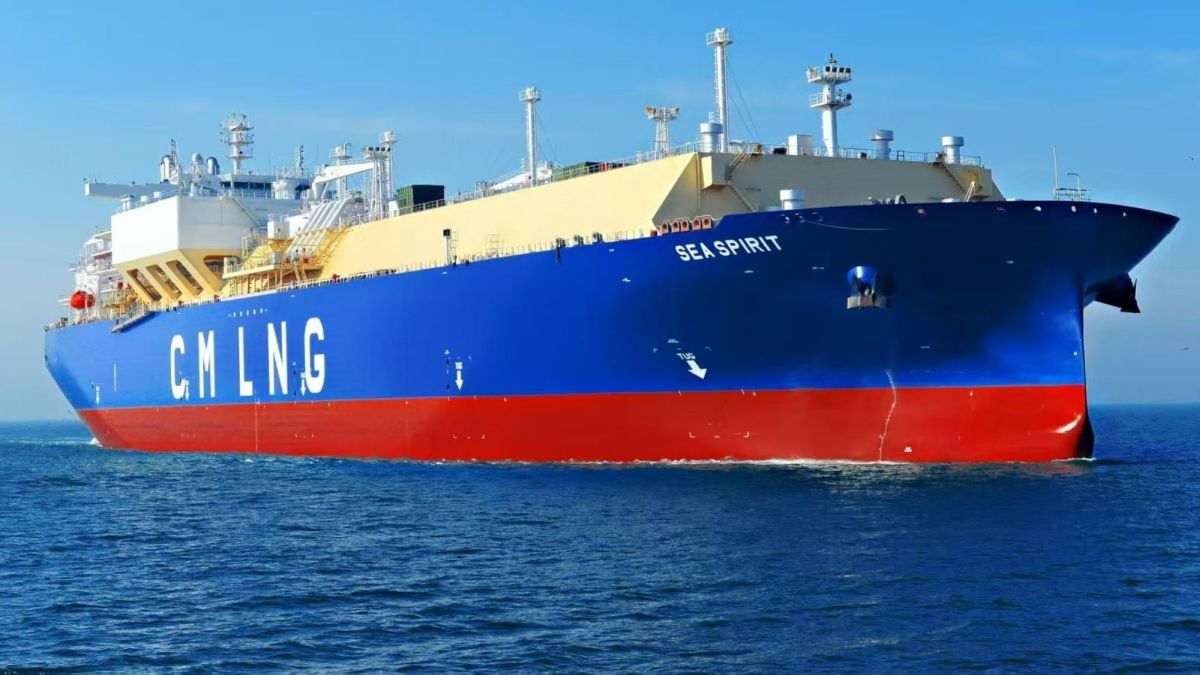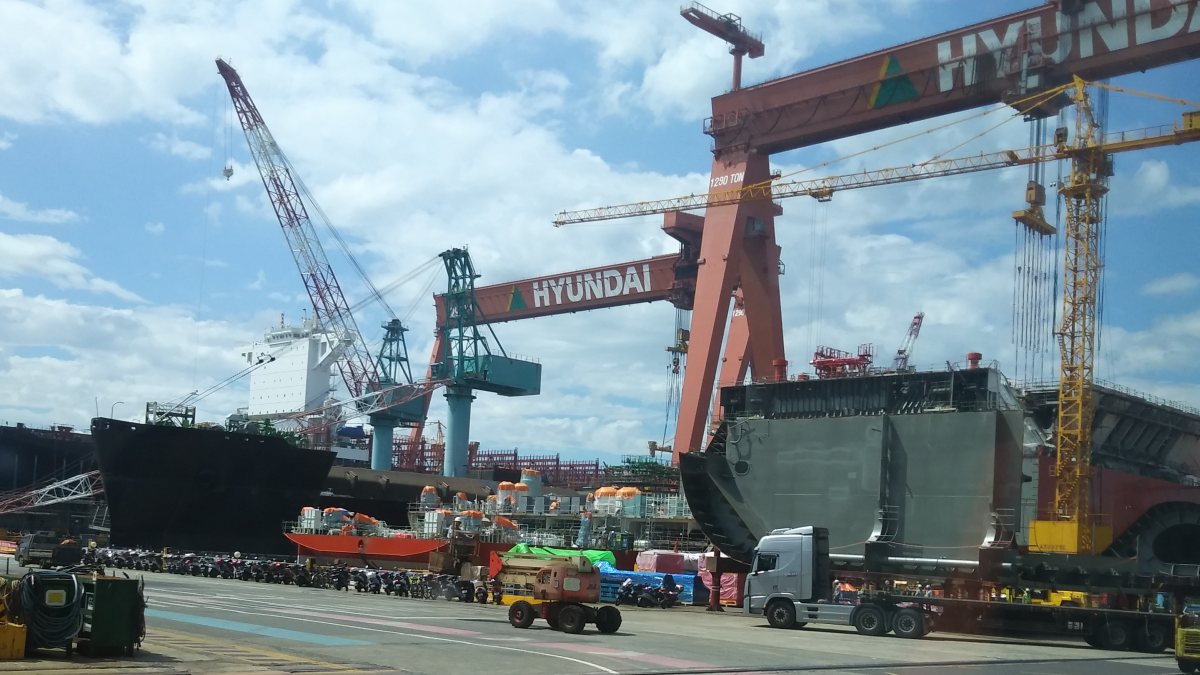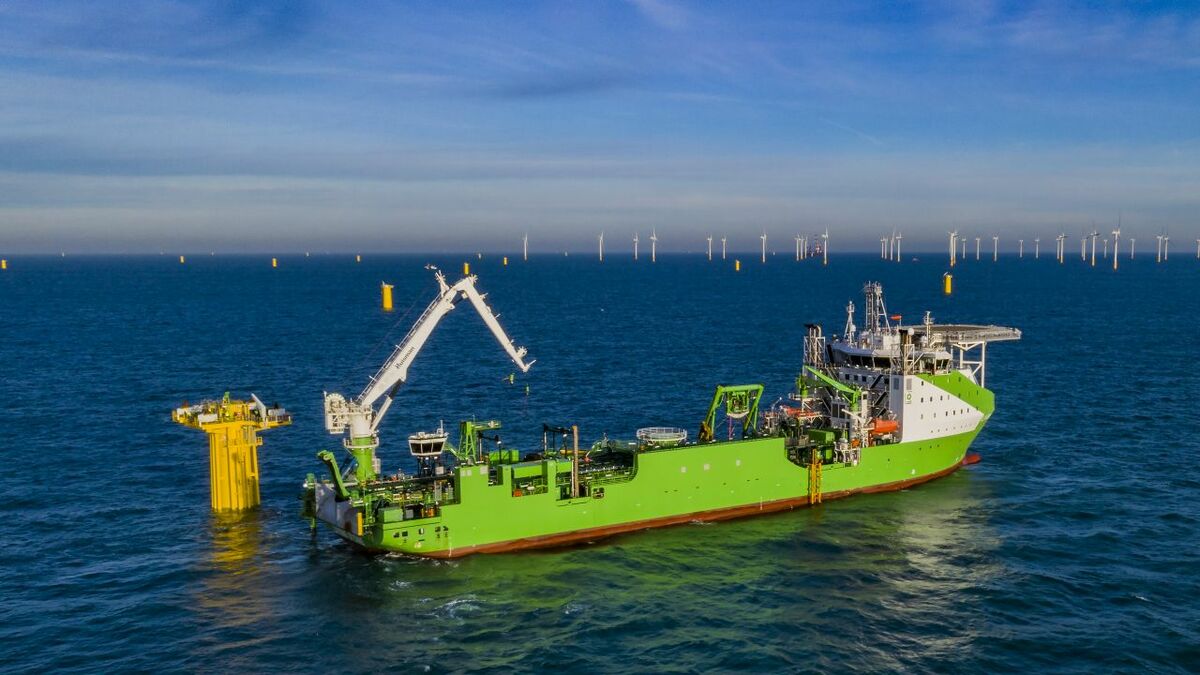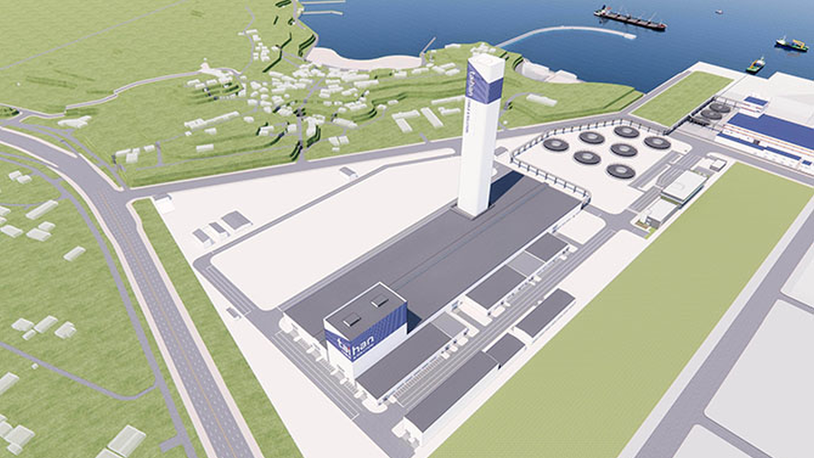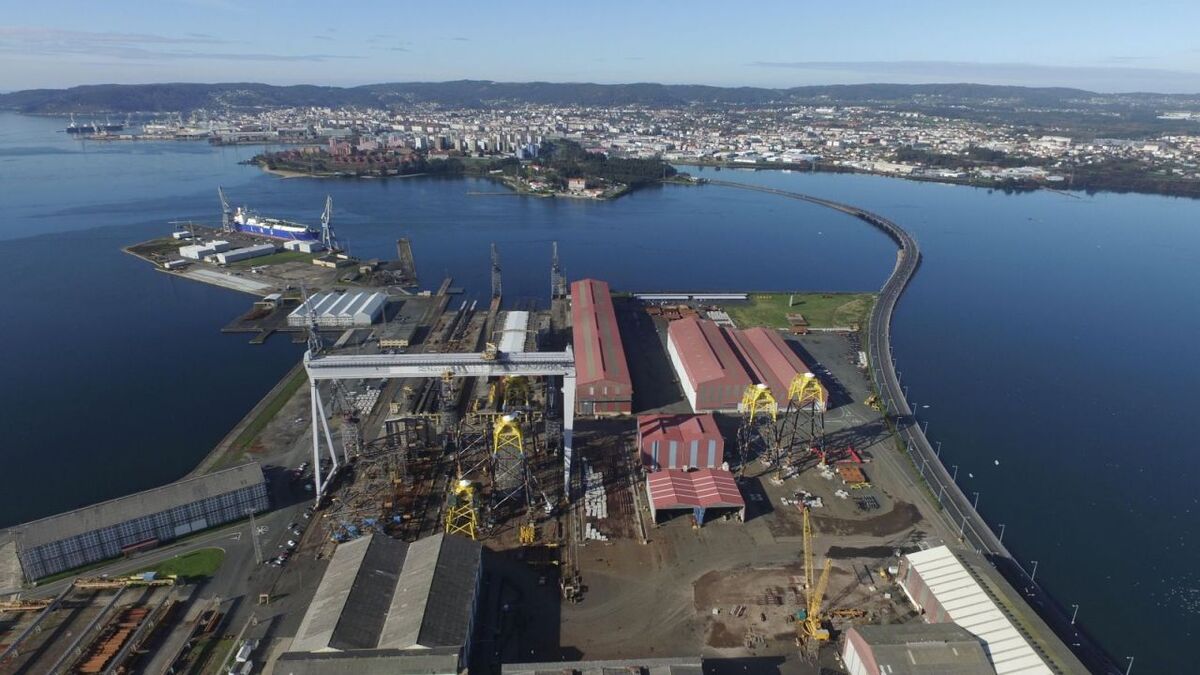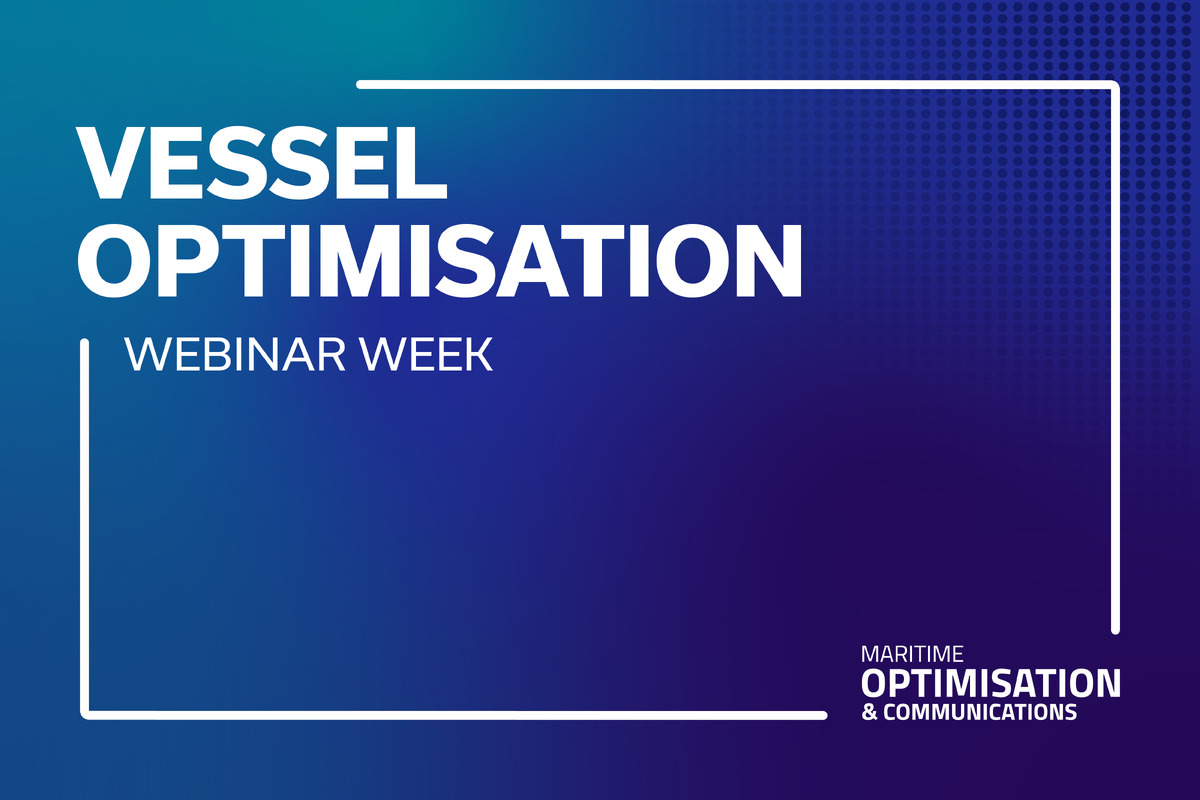Business Sectors
Events
Contents
Pioneering crew transfer vessel to start work soon with Ørsted
UK-based CWind, part of Global Marine Group, is to deliver a unique, highly innovative crew transfer vessel (CTV) to client Ørsted within weeks
The new vessel has reduced fuel consumption and emissions compared to a conventional design, and the company believes it can compete with service operation vessels (SOVs) in parts of the offshore wind market.
CWind Pioneer, which is currently undertaking an exhaustive series of sea trials, will be used on the Borssele 1 and 2 offshore windfarm in the Netherlands, under the terms of a long-term charter contract agreement with Ørsted.
Constructed with an aluminium hull and composite superstructure, the innovative CTV – the world’s first hybrid-powered surface effect ship (SES) – was developed in response to an industrywide push to deploy innovative technology that reduces CO2 emissions while cost-effectively servicing windfarms far from shore. And, as CWind director of operations Joshua Brennan told OWJ, it was developed with Ørsted’s requirements for Borssele 1 and 2 specifically in mind.
“We have long experience of working for Ørsted,” Mr Brennan explained. “We have worked very closely with them to customise the design of the vessel to exactly meet their needs and are using an extensive series of sea trials to ‘tune’ the vessel to those needs, using the telemetry and data monitoring we have built in to it.”
The new vessel achieves the challenging goals set through a combination of the SES hullform and a hybrid diesel and battery-electric power system which enables it to operate purely on battery power while in harbour or on standby in a windfarm, resulting in a significant reduction in fuel burn and CO2 emissions. The hybrid propulsion system also delivers a high sprint speed and high bollard push when pushing on to a turbine using its 1,600-kW diesel engines, which can be battery-boosted up to 1,800 kW. The battery pack for the new vessel was supplied by Corvus Energy, and the electric motors that drive it by Danfoss.
The surface effect hullform – which also has heave-compensation technology – enables CWind Pioneer to operate at speeds exceeding 43.5 knots and transit and safely transfer windfarm technicians in sea states of in excess of 1.8m Hs. It does so while minimising motions and accelerations through its air cushion motion control system, resulting in a smoother, more comfortable experience for technicians and crew.
The overall design and build, with 24-passenger capacity, also pays particular attention to technician and crew health, safety and comfort, delivering the workforce in the best possible work-ready condition, resulting in increased operation days offshore for CWind’s client’s construction and operations and maintenance activity.
As Mr Brennan explained, the CTV was developed in partnership with ESNA, a ship design company based in Kristiansand, Norway that specialises in low-emissions technologies and surface effect ship development.
ESNA is already well known for Sea Puffin 1, the first example of a crew transfer vessel with an SES hullform, that completed push-on trials in a significant wave height of 1.5 m in 2018. An SES hullform was also selected by the Royal Norwegian Navy for its Alta and Oksøy-class mine countermeasures vessels.
But as Mr Brennan explained, although innovative vessels in their own right, Sea Puffin 1 and the Norwegian naval vessels do not have the hybrid propulsion of CWind Pioneer or electric drive for the lift fans and are hence less fuel efficient.
“On an early generation SES, you might have five or six different engines providing power for propulsion, the ship’s hotel load and to power the lift fans, so they are much more fuel intensive than CWind Pioneer,” he explained.
“Compared with the five to six engines of an early generation SES, we have two, complemented by the batteries, which can be used when the vessel is loitering – so that the vessel is ‘engine-free’ and in zero-emissions mode – or they can be used for peak shaving when in transit, reducing fuel consumption and the need for engine maintenance.”
A surface effect ship has two side hulls like a catamaran, and between the two hulls, fore and aft, are flexible rubber seals. Fans blow air into the cushion between hulls and rubber seals and partly lift the vessel out of the water. Up to 80% of the vessel’s weight is lifted by this air cushion. This makes the SES more fuel efficient because it experiences less resistance, and it allows the vessel to reach higher speeds than a conventional CTV.
Because the hull is partially lifted out of the water by the air cushion, contact with waves is reduced, and in combination with ESNA’s air cushion motion control system, this greatly enhances comfort on board. Once in the field, when pushing-on to a turbine, the control system counteracts the effects of waves, allowing the SES to provide access to turbines in more challenging conditions than a conventional vessel. The combination of these two properties makes the SES particularly well-suited for offshore wind operations.
ESNA co-founder Trygve Espeland said he is delighted to see CWind Pioneer launched and performing so well in sea trials. “It is not only a step-change for the offshore wind industry, but also for the SES design, as it is the first SES with 100% electric air cushion systems,” he explained. “As an SES, it is reducing emissions by offering low resistance at high speed, and the air cushion motion damping is allowing offshore operations in same wave heights as larger vessels. Choosing an SES, you can reduce emissions by simply building a smaller vessel for the same job.”
CWind states that, at a speed of 43.5 knots, CWind Pioneer is more than 20% more fuel efficient than conventional CTVs running at 24 knots on a mile-for-mile basis. For a typical windfarm situated 30 nautical miles from port, this translates to a reduction of more than 110 tonnes of CO2 per vessel, per year, using the hybrid SES.
The high transit speed of the vessel also means windfarms previously serviceable only by a larger, more expensive to build and operate SOVs can now be reached by a CTV within 60 minutes, giving windfarm owners and operators a lower cost, low-carbon option when determining their transfer strategy.
These figures exclude the savings provided by the hybrid system, which will allow the vessel to be a ‘zero-emissions ship’ in the field while technicians are working on turbines. The company said specific figures will be shared once these savings are proven, but initial desktop studies suggest a 30-50% saving over conventional vessels.
CWind managing director Nathanael Allison said, “Launching CWind Pioneer marks a significant milestone for the industry and helps pave the way towards achieving net-zero targets.
“The vessel utilises technology to meet the needs of the market and our customers who want a greener, safer, and more efficient CTV to support their commercial and green objectives. With CWind Pioneer we have delivered just that – a new-generation CTV.”
Global Marine Group chief executive Ian Douglas said CWind Pioneer, “Is a response to the increased need for businesses to take responsibility for their impact on the environment, and actively look to reduce their greenhouse gas emissions.
“As we operate in the renewables industry, many of our customers are looking to create a zero-carbon supply chain. This includes Ørsted, who are targeting a carbon neutral footprint by 2040. With this in mind, we want to develop the right marine assets for the future.”
The vessel was built by Wight Shipyard Company, a leading UK aluminium and high-speed craft vessel builder.
Related to this Story
Events
Offshore Support Journal Conference, Americas 2025
LNG Shipping & Terminals Conference 2025
Vessel Optimisation Webinar Week
© 2024 Riviera Maritime Media Ltd.


